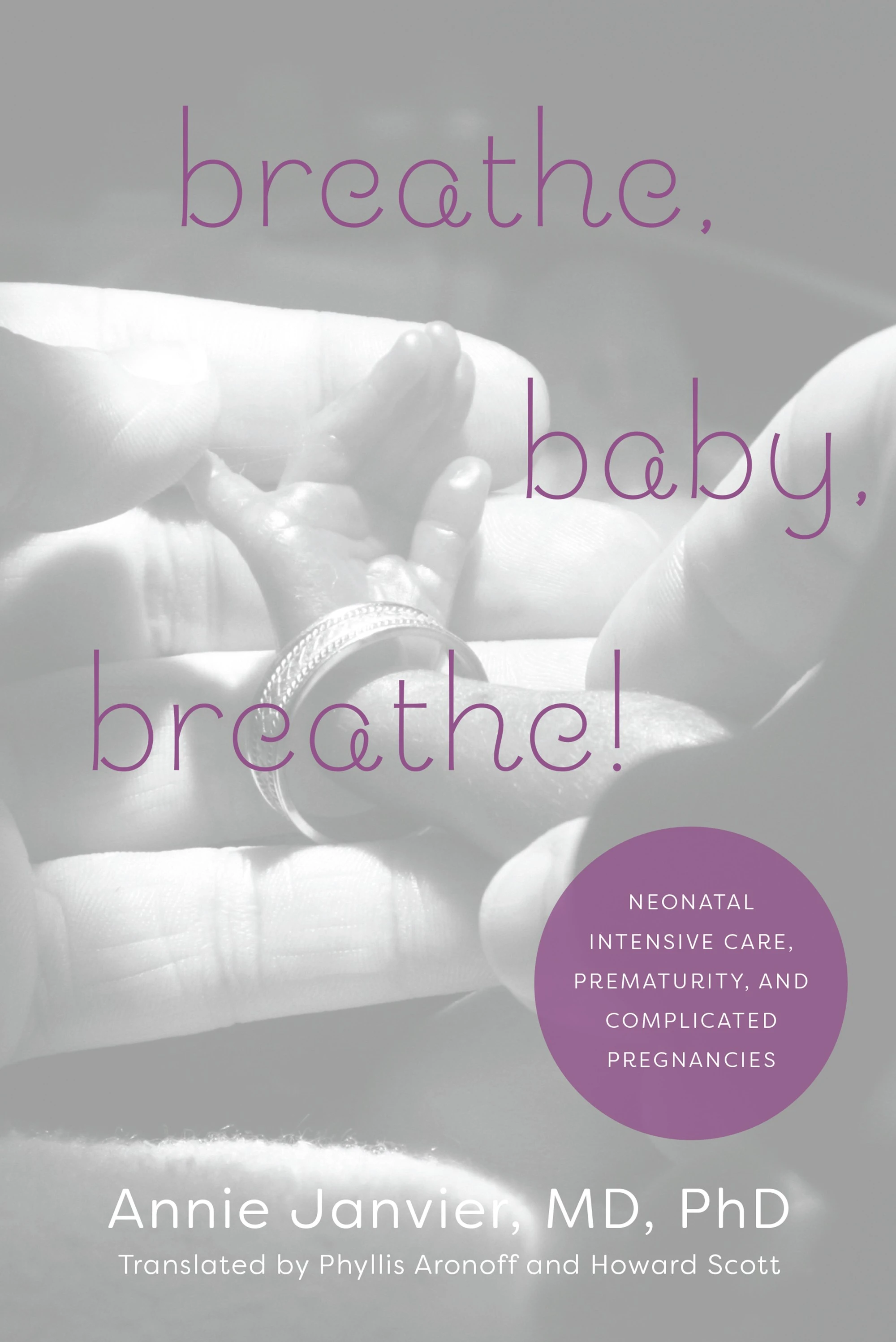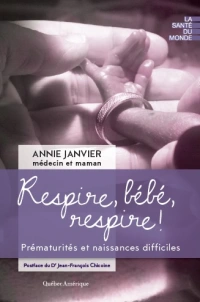Most of the drugs that we routinely use in neonatology do not have a specific license for neonatal use. This is true I think in every jurisdiction around the world, the USA, Canada, Australia, and Europe, but I don’t know enough about other parts of the world. In fact for most of the drugs that we use there is very little neonatal data that would allow licensing. Matt Laughon has recently published an article quantifying some of the issues, focusing on drugs that were noted as having had neonatal trials performed, using the FDA datbase as a source. They showed for example the frequent use of ranitidine, with 15000 neonates exposed in a 5 year period; the FDA review showed one trial which addressed PK and PD in infants on ECMO. No neonatal indications are approved.
This is really a huge problem, that doesn’t seem to get much better. There is relatively little money to be made from neonatal labeling, so it is really tough to get commercial funding for the kinds of trials that are needed. Unlike, for example, the large, hugely expensive, trials performed of monoclonal antibodies against Amyloid for Alzhemier’s disease, which were negative (just published in the PNEJM) where potential profits are significant if it works.
One way to start to address this is to do studies like this one “Chrysostomou C, Schulman SR, Herrera Castellanos M, Cofer BE, Mitra S, da Rocha MG, Wisemandle WA, Gramlich L: A phase ii/iii, multicenter, safety, efficacy, and pharmacokinetic study of dexmedetomidine in preterm and term neonates. The Journal of pediatrics 2013“. Although this is not a large RCT, it does include some important information.
This is a drug that has been creeping into our practice, initially as a result of use in a few term babies who had surgery and the anesthetists suggested its use. Our pediatric anesthetists (anesthesiologists for readers from the USA) have developed an experience in older children, but I still know very little about the agent, and I still have difficulty pronouncing the name (I keep practicing, dex-med-et-om-idine, dex-med-et….)
Some of the advantages claimed for the agent, in the introduction to this article, seem very interesting, it is an alpha 2 agonist with both analgesic and sedative properties; but unlike other agents (opiates, benzodiazepines, ketamine) there doesn’t seem to be significant neuronal apoptosis in animal models, it might even protect against the pro-apoptotic effects of other agents.
Like most drugs in the newborn kinetics were shown to be very variable, with clearance in the term infants varying by 30 fold, from 0.2 to 1.5 L/h/kg, and the volume of distribution by more than 10 fold (in preterms there were not a lot of subjects, and not all had complete kinetic data, but clearance seems lower) This of course leads to enormous variations in serum concentration, but the drug did appear to be effective, with few of the babies needing other additional sedation, and less than half needing additional analgesia. It appears to have few cardiovascular side effects, but there were only 42 babies in total studied.
Certainly seems promising, and further studies to evaluate its place in our NICUs seem warranted, it would be especially great if long term effects could be evaluated, as they might be very interesting, but finding the funding to do the trials will be very challenging.








